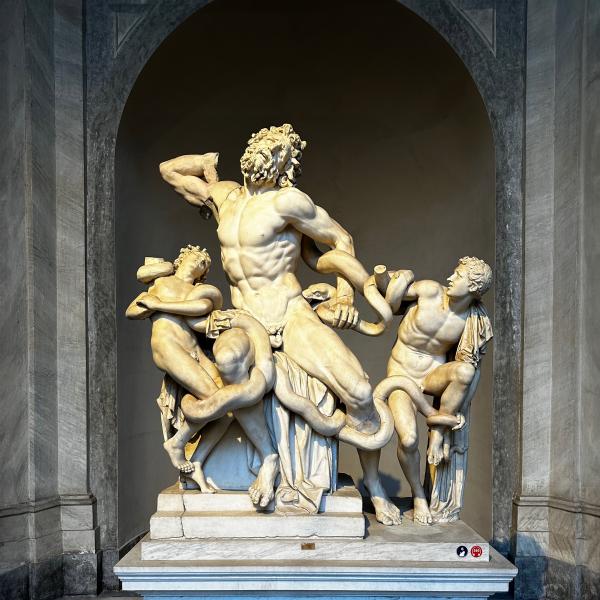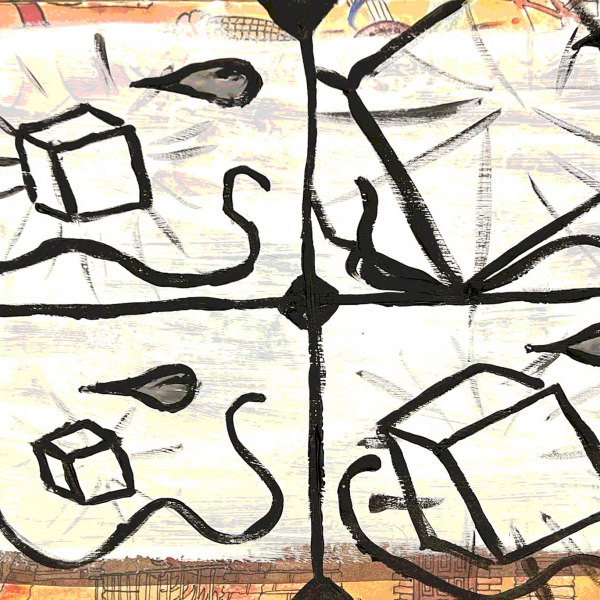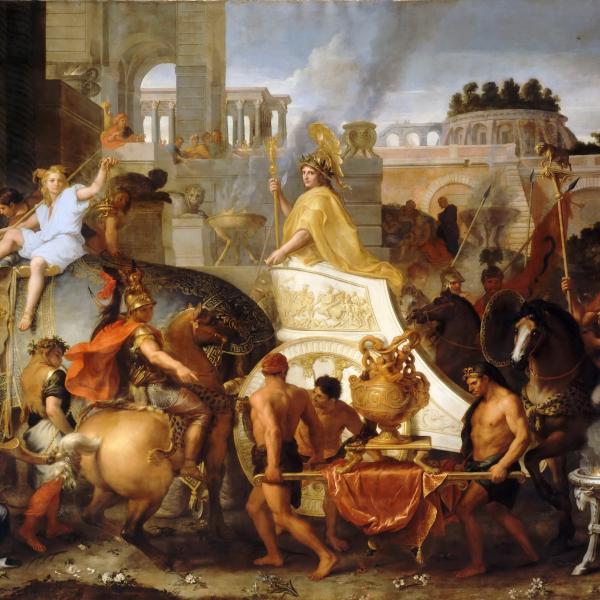There's hardly a more recognizable figure in dance, especially African-American modern dance, than Katherine Dunham. In her new book, dance scholar Joanna Dee Das explores Dunham's engagement in the black freedom struggle both onstage and off.
In October 1944, the African-American choreographer Katherine Dunham (1909–2006) stood in front of an audience in Louisville, Kentucky and announced that her dance company would not return to Louisville until the city desegregated its theaters. Word of her brave stance ricocheted across the country, finding its way into a newspaper in Indiana, where a 15-year-old boy wrote her an admiring letter saying that she was an inspiration in the fight for racial equality.
Despite being widely recognized during her time for her activism, Dunham does not currently figure in the American collective consciousness about racial justice movements. In elementary school I learned, as many American schoolchildren do, that the civil rights movement began in 1955 when Rosa Parks refused to give up her seat on a Montgomery bus. A decade earlier, however, Dunham was on the front lines of the black freedom struggle.
In the 1930s, she conducted ethnographic research on Caribbean dance and creatively interpreted what she learned with sensitivity and intelligence for the concert dance stage. Her choreography had an important political impact by challenging stereotypes about black cultures and offering a vision of liberation to her black audiences. In Dunham’s shows, her dancers and musicians — who came from many different countries, melding their various rhythmic sensibilities and cultural backgrounds together — literally embodied the cosmopolitan, harmonious future she envisioned. The same was true of the Katherine Dunham School of Dance, which she founded in 1944 in New York. Journalists remarked on the interracialism and internationalism on display at the school, in which teenagers from Harlem mingled with budding actors Marlon Brando and James Dean, Vodou drummers from Haiti, and aspiring dancers from Ireland and Palestine.
Nor did Dunham limit her activism to the United States. When her company traveled to São Paulo, Brazil to perform in 1950, the prestigious Esplanada Hotel canceled her reservation when they learned that she was black. In turn, she threatened a lawsuit, and the streets of São Paulo filled with protestors to support her cause. Brazil’s legislature quickly passed a bill banning racial discrimination, which has stood until this day. In all São Paulo elevators to this day, there are notices stating the prohibition against discrimination. Dunham’s influence is materially present, even if her name is not officially attached.
These examples are only a few of the many documented in my book about Dunham’s activism, which spanned the 1930s through to the first decade of the 21st century. Dunham inspires all of us to think broadly and creatively about how to live a life in pursuit of justice and equity, in whatever career path we end up taking.




